Ms. Ly Sao Mai, head of the Do paper production group in Sung hamlet, Cao Son commune (Da Bac) performs the process of filtering and molding Do paper.
Talking with artisan Ly Van Henh, an elder in the village, he shared: "Since ancient times, the Dao Tien people have used do paper to record prayer books, song books, genealogies... These precious documents are written in Nom Dao script, passed down through many generations, contributing to preserving the rich treasure of folk knowledge. In addition, do paper is also an indispensable material in important religious ceremonies such as the coming-of-age ceremony, funerals, weddings, dance festivals, Thanh Minh... In particular, for us Dao people, do paper is not just paper, it is a place to contain the souls of our ancestors, a place where descendants return to their roots. Without do paper, there would be no prayer books, no proper rituals, and a part of the national memory would be lost forever."
The Dao people's Do paper in Sung hamlet is made entirely by hand, using the main ingredient as the bark of the Do tree - a tree that grows naturally in the forest with thick bark, containing many long, tough and thin fibers. After peeling off the bark, the raw material must be soaked in lime water for at least 3 months, then pounded or ground, filtered for impurities with a "sickle" - a sophisticated traditional tool, then molded, pressed and dried.
Each stage requires meticulousness and skillful technique. If the paper is poured unevenly, the batch of paper will be ruined. Because no chemicals are used, the paper is not acidified and can be preserved for hundreds of years without fading or smudging the ink. The finished product of Do paper is porous, smooth, tough, and absorbent, making it an ideal material for handwriting, painting, or manual printing.
At one point, the craft of making dó paper in Sung hamlet seemed to be fading away. Dó trees were cut down by locals for firewood or used as animal feed. Only a few households still maintain the craft, mainly for spiritual purposes.
However, thanks to the support of local authorities, mass organizations and the tourism community, the Do paper craft in Sung hamlet has gradually been restored and developed. People have been trained in techniques, supported with equipment, materials, and connected to markets for product consumption.
Ms. Ly Sao Mai, head of the Do paper production group in Sung hamlet, said: "In the past, only a few families still kept the craft, but now the whole group is doing it together. We not only produce traditional paper but also design creative products such as notebooks, postcards, lanterns, earrings, etc. to serve tourists. Young people are also starting to pay attention, learn, and pass on the craft." Currently, Ms. Mai's production group has dozens of members, with a stable income. Products are consumed in Hanoi , Bac Ninh and some other localities.
In particular, associated with the development of community tourism, the homestay model combined with the experience of making do paper creates a special attraction in Sung hamlet. Visitors can participate in some stages of making paper, painting, and writing calligraphy on do paper - experiences that are rich in culture and creativity.
Coming to Sung village during a weekend trip, Ms. Nguyen Hong Nhung, a tourist from Hanoi, shared: "I was really surprised to witness the process of making do paper, completely handmade, meticulously down to every detail. Each sheet of paper is a laborious process, from soaking the bark, pounding the fibers to molding and drying in the sun. It is truly a meaningful product, crystallized from nature and human hands."
In the era of industrialization, traditional values are easily forgotten. Preserving and developing the Do paper craft is not only to preserve a traditional industry, but also a way for the people of Sung hamlet to affirm their cultural identity in the integration period, creating momentum for sustainable economic and tourism development on the basis of traditional culture.
Hong Duyen
Source: https://baohoabinh.com.vn/16/201425/Nguoi-Dao-xom-Sung,-xa-Cao-Son-bao-ton,--nghe-lam-giay-do.htm


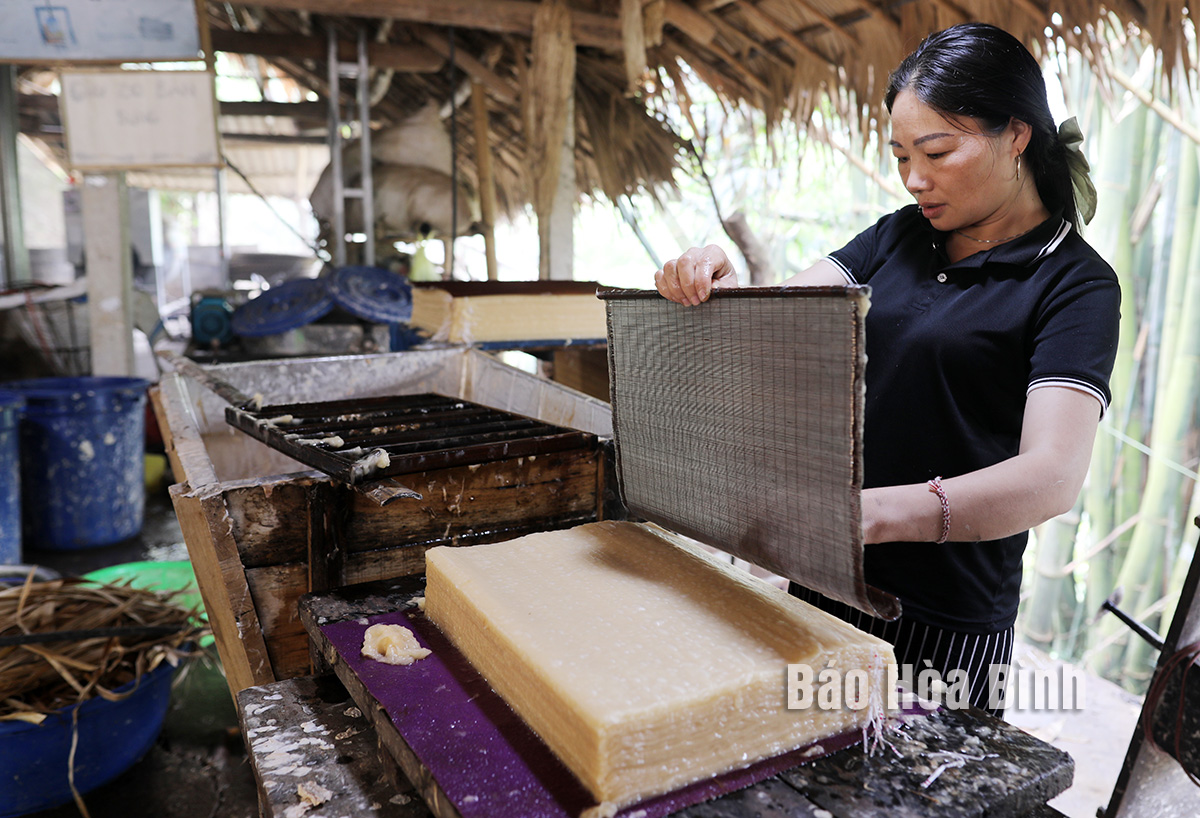



![[Photo] Pink ball and table tennis](https://vphoto.vietnam.vn/thumb/1200x675/vietnam/resource/IMAGE/2025/5/26/d9f770bdfda243eca9806ea3d42ab69b)
![[Photo] Official welcoming ceremony for French President Emmanuel Macron and his wife on a state visit to Vietnam](https://vphoto.vietnam.vn/thumb/1200x675/vietnam/resource/IMAGE/2025/5/26/a830702ef72f455e8161b199fcefc24d)



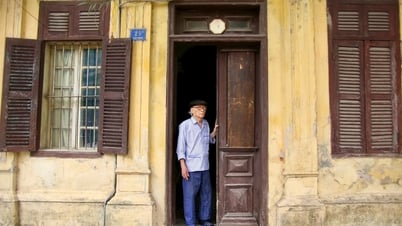

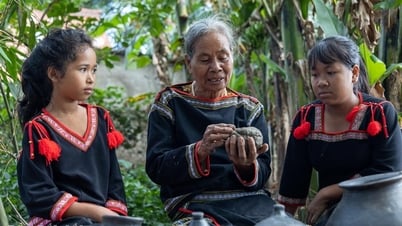

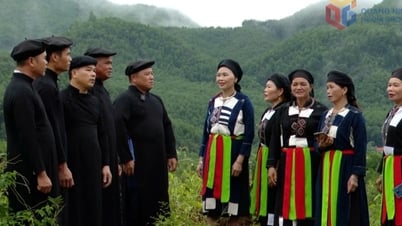









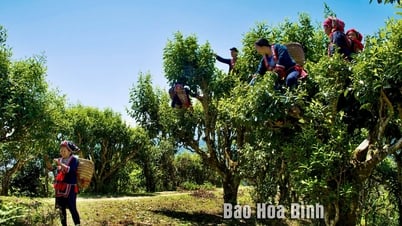



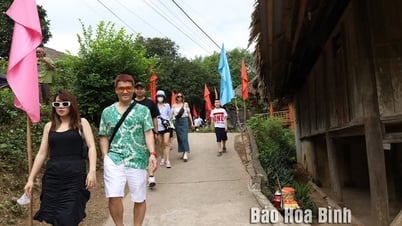



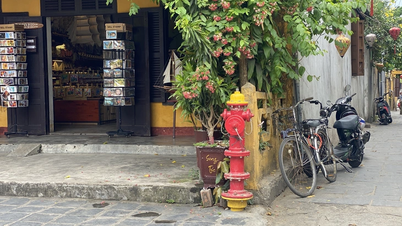

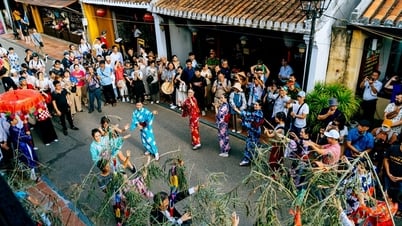








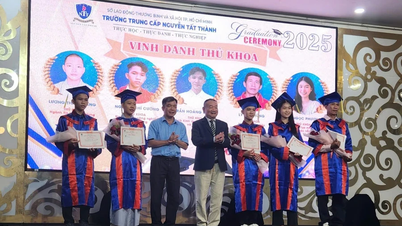





















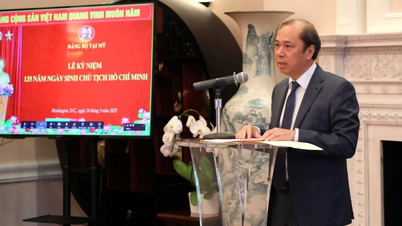


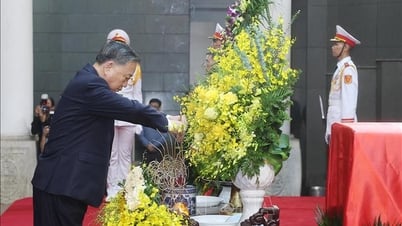

















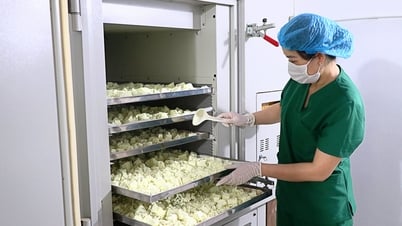








Comment (0)